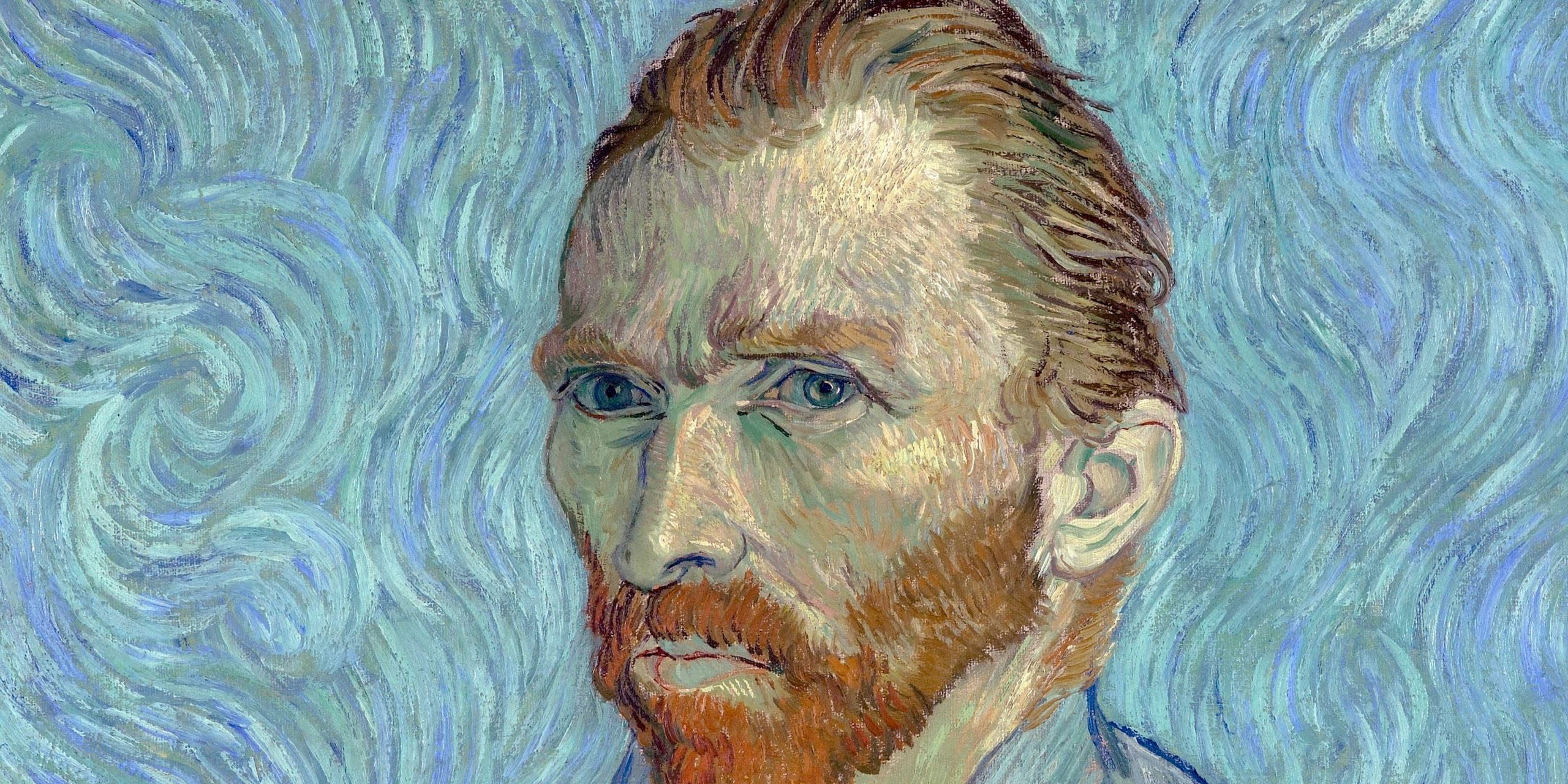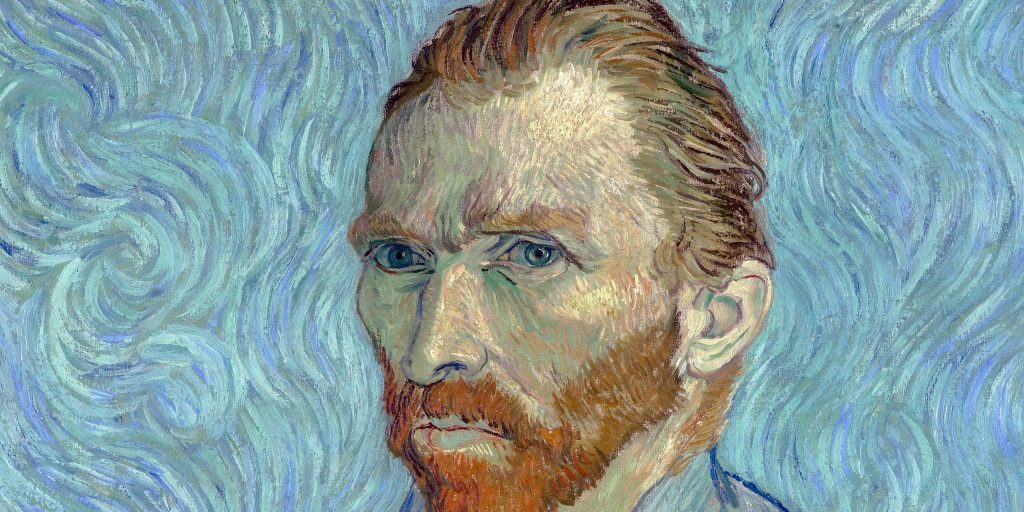
Fine Art/ Getty Images
- Binance said it will release NFTs with Russia's State Hermitage Museum later this year.
- Each digital token will be signed by the director of the museum with his signature, date and time, according to a Binance blog.
- Russia has banned cryptocurrencies but the NFTs with the museum comply with regulation, the company said.
- Sign up here for our daily newsletter, 10 Things Before the Opening Bell.
Crypto exchange Binance has partnered with Russia's State Hermitage Museum to release non-fungible tokens (NFTs) depicting works of art by some of the world's greatest painters, from Leonardo da Vinci to Vincent Van Gogh, according to a company blog post on Monday.
The Hermitage art museum is the world's second largest after the Louvre in Paris. It will work with Binance to release the NFTs in time for a fall exhibition this year. Each token will also contain the signature of Hermitage director Mikhail Piotrovsky with the corresponding date, place and time to ensure their "absolute uniqueness," Binance said.
Binance said this was another step on the road to crypto assets becoming mainstream.
"Recognition of blockchain technology and NFTs by one of the largest museums in the world is another step towards global digitalization. We highly appreciate the opportunity to cooperate with The State Hermitage; together we are making history," Helen Hai, head of Binance NFT, said in the blog.
"The experience that the Hermitage shows to the entire art market is invaluable, it opens up a lot of new opportunities for development. I am sure that soon we will see even more projects that will positively affect the development of a unique union of blockchain and art," she said.
Each piece of art will be represented by two copies of an NFT - one will be stored by the museum, while the other will be sold on the Binance NFT marketplace. All proceeds will go to the Hermitage, the blog said.
NFTs are unique digital tokens that represent a real-world asset, such as a piece of video, or audio, as well items such as artwork or sports trading cards. They are essentially digital collectors' items that run on blockchain technology, but cannot be exchanged, like-for-like, as cryptocurrencies are.
Cryptocurrencies have been virtually banned in Russia. But the NFTs will comply with current national legislation, Binance said.
The museum said it wants to use NFTs to improve accessibility and emphasize the democratic nature of art.
"New technologies, in particular blockchain, have opened a new chapter in the development of the art market, led by the ownership and the guarantee of this ownership. This is an important stage in the development of the relationship between person and money, person and thing," Piotrovsky said.
"We will expand other opportunities, in particular digital ones, which will introduce the collections and the palace. We will build new experiments based on new technologies," he said.
